₵90.00 Original price was: ₵90.00.₵75.00Current price is: ₵75.00.
19 in stock
The Arduino Pro Mini 328 16MHz 5V is a compact microcontroller board ideal for projects requiring small size and low power consumption.
Categories: Microcontrollers
Description
The Pro Mini’s pins are distributed along three of its four sides. The pins on the short side align with the FTDI Basic Breakout for programming, while those on the other two sides consist of power and GPIO pins, akin to the standard Arduino. Power-related pins include GND for common/ground/0V reference, RAW for input voltage reaching the regulator (ranging from 3.4 to 12V), and VCC for direct supply to the Pro Mini, regulated to 3.3V. Additionally, four analog pins (A4, A5, A6, and A7) are not positioned on the board’s edge but are clearly labeled on the back. While the Pro Mini offers comparable microprocessor power to the standard Arduino, notable hardware differences exist. Firstly, the Mini operates at 3.3V, unlike the Arduino Uno, which features both 5V and 3.3V regulators. Consequently, peripherals exclusively compatible with 5V may require level shifting or opting for the 5V variant of the Pro Mini. Another significant variation is the speed of the ATmega328. The Pro Mini 3.3V operates at 8MHz, half the speed of an Arduino Uno, to ensure safe ATmega operation. Despite the reduced speed, the Mini remains capable of managing a wide range of projects similar to the Arduino Uno.
Product Specifications:
- Microcontroller: ATmega328P
- Pins: 14 digital input/output pins, 6 analog inputs
- Communication: UART, I2C, SPI
- Power: I/O Voltage 5V, Input voltage (nominal) 7-12V DC, Current per I/O Pin 40 mA
- Clock speed: Processor ATmega328P 16 MHz
- Memory: ATmega328P 2 kB SRAM, 32 kB FLASH, 1 kB EEPROM
- Dimensions: Width 18 mm, Length 33 mm, Weight 2 g
Technical Specifications:
| ATmega328 | Running at 16MHz with external resonator (0.5% tolerance) |
| Thin PCB | 0.8mm |
| Connection | USB connection off board |
| Supports | Auto-Reset |
| Regulator | 5V |
| Max Output | 150mA |
| Protected Against | Over current |
| Weight | <2 grams |
| DC input | 5V up to 12V |
| On Board LEDs | Power and Status |
| Analog Pins | 8 |
| Digital I/Os | 14 |
| 0.7×1.3″ | (18x33mm) |

Sensors and Modules
₵70.00 Original price was: ₵70.00.₵60.00Current price is: ₵60.00.
24 in stock

Sensors and Modules
₵25.00 Original price was: ₵25.00.₵18.00Current price is: ₵18.00.
18 in stock
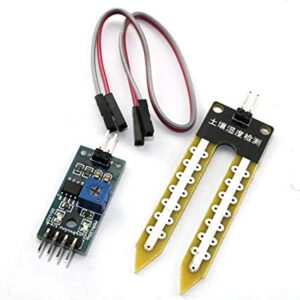
Sensors and Modules
₵20.00 Original price was: ₵20.00.₵18.00Current price is: ₵18.00.
10 in stock
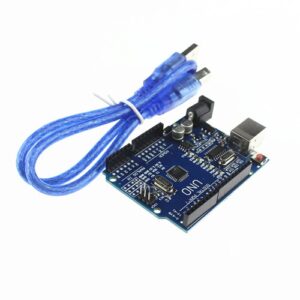
Sensors and Modules
₵135.00 Original price was: ₵135.00.₵101.00Current price is: ₵101.00.
Out of stock
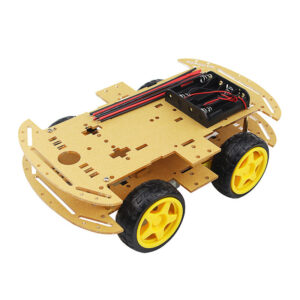
Sensors and Modules
₵165.00 Original price was: ₵165.00.₵135.00Current price is: ₵135.00.
8 in stock
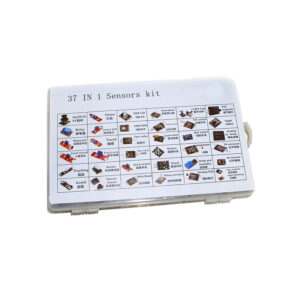
Sensors and Modules
₵320.00 Original price was: ₵320.00.₵245.00Current price is: ₵245.00.
Out of stock
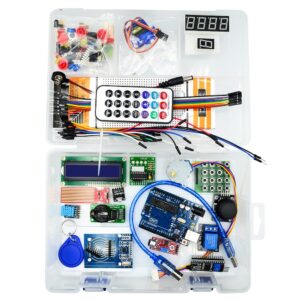
Sensors and Modules
₵500.00 Original price was: ₵500.00.₵435.00Current price is: ₵435.00.
66 in stock
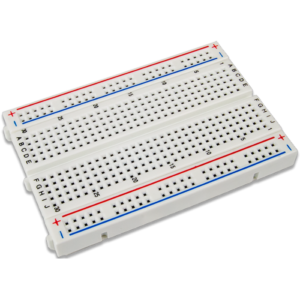
Sensors and Modules
₵16.00 Original price was: ₵16.00.₵13.00Current price is: ₵13.00.
14 in stock

Sensors and Modules
₵1,700.00 Original price was: ₵1,700.00.₵1,600.00Current price is: ₵1,600.00.

Sensors and Modules
₵95.00 Original price was: ₵95.00.₵75.00Current price is: ₵75.00.
10 in stock

Sensors and Modules
₵85.00 Original price was: ₵85.00.₵67.00Current price is: ₵67.00.
4 in stock


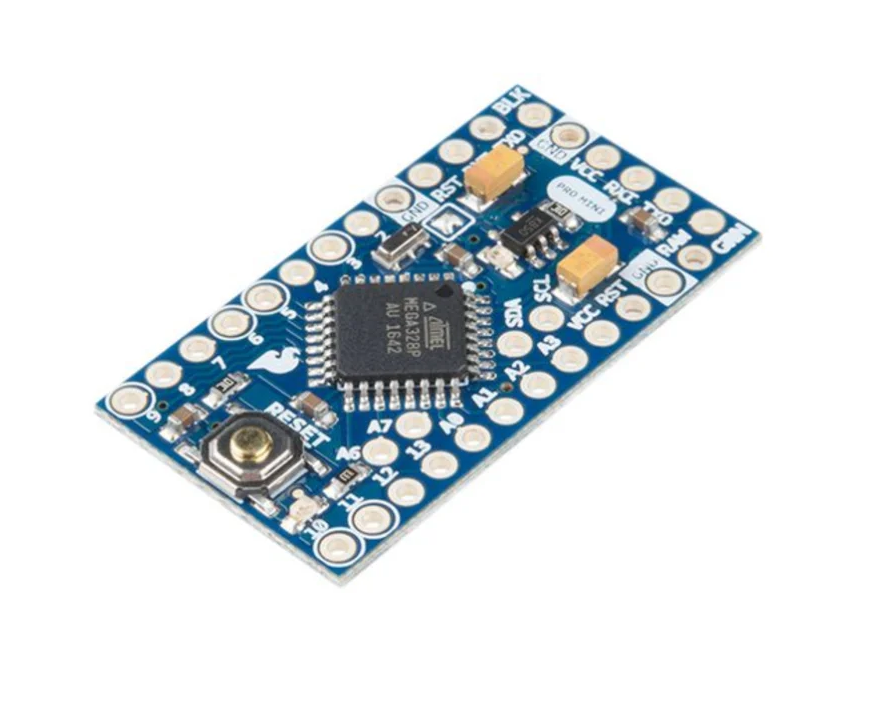

Reviews
There are no reviews yet.